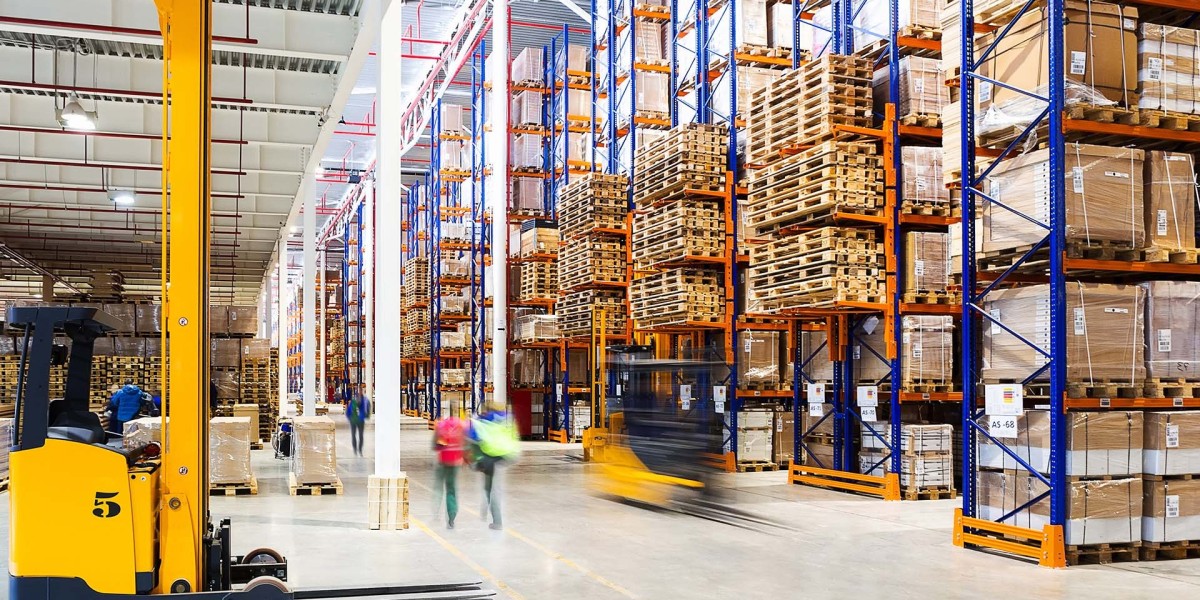In today’s dynamic and fast-moving business environment, supply chains are becoming increasingly complex. Whether it’s ensuring timely availability of raw materials, managing warehouse operations, or delivering products seamlessly, every stage of the supply chain depends on how efficiently inventory is handled. This is where end-to-end inventory management plays a transformative role.
End-to-end inventory management focuses on controlling and optimizing inventory across the entire supply chain — from sourcing to final delivery. It brings visibility, accuracy, and reliability to every stage, enabling businesses to meet market demands more effectively and operate with greater agility.
1. Creating a Unified View of Inventory
One of the biggest challenges in supply chains is dealing with fragmented data. When information is scattered across multiple systems or departments, it’s difficult to maintain accurate visibility of stock levels. End-to-end inventory management eliminates this issue by creating a single, unified view of inventory across all locations — warehouses, distribution centers, and transit points.
This holistic view allows teams to know exactly what is available, where it is stored, and when it can be dispatched. It minimizes guesswork, improves coordination, and ensures that inventory is aligned with actual demand. Having this clarity helps avoid overstocking or stockouts, enabling smoother operations across the entire network.
2. Strengthening Demand Planning and Forecasting
Accurate demand forecasting is critical for any supply chain to function smoothly. Traditional methods often rely on historical data alone, which may not always reflect current trends or sudden market changes.
End-to-end inventory management integrates real-time data from multiple touchpoints such as sales orders, production schedules, and seasonal trends. By analyzing this information, businesses can forecast demand with greater accuracy and align their inventory accordingly.
For example, if certain products experience a surge during specific months, the system can help prepare inventory levels well in advance. This proactive approach ensures that inventory is available at the right time and place, enhancing responsiveness to market needs.
3. Improving Operational Efficiency Across Functions
When inventory is managed in isolation, it can lead to delays, duplication of effort, and miscommunication between different departments. End-to-end inventory management creates seamless coordination between procurement, warehousing, transportation, and distribution.
Procurement teams can plan their orders based on actual stock movement, warehouse staff can manage space efficiently, and transportation teams can plan dispatches more accurately. This smooth integration across functions results in faster order processing, reduced lead times, and better synchronization of supply chain activities.
4. Enhancing Warehouse Management
Warehouses play a pivotal role in the supply chain, acting as hubs where inventory is stored, sorted, and dispatched. End-to-end inventory management brings structure and discipline to warehouse operations.
By using technologies such as barcode scanning, RFID tagging, and automated tracking, businesses can monitor stock movement in real time. This improves inventory accuracy and reduces manual errors. Additionally, intelligent slotting strategies help optimize space utilization, making it easier to store and retrieve products.
With greater control over warehouse processes, companies can ensure timely dispatches, minimize delays, and maintain a consistent flow of inventory throughout the supply chain.
5. Supporting Multi-Channel Distribution
In modern supply chains, businesses often operate across multiple channels — physical stores, online platforms, and distribution partners. Managing inventory across these channels can be challenging without an integrated approach.
End-to-end inventory management ensures inventory synchronization across all sales and distribution channels. Whether an order comes from an e-commerce platform or a retail outlet, the system can instantly update stock levels and trigger replenishment if required.
This multi-channel visibility helps businesses maintain consistency in product availability and avoid situations where one channel faces stock shortages while another has surplus inventory.
6. Enabling Real-Time Decision Making
Timely decisions are the backbone of a well-functioning supply chain. End-to-end inventory management provides real-time insights and analytics, empowering decision-makers to act quickly and confidently.
For example, if a particular distribution center is running low on stock, managers can immediately reroute inventory from another location. If demand unexpectedly spikes in a specific region, the system can highlight available inventory nearby and suggest the best way to fulfill those orders.
Such data-driven decision-making enhances flexibility and ensures the supply chain can adapt swiftly to changing conditions.
7. Boosting Collaboration with Partners
A supply chain doesn’t operate in isolation — it involves suppliers, transporters, distributors, and retailers. End-to-end inventory management improves collaboration by sharing accurate and timely data with all stakeholders.
Suppliers can plan their shipments more effectively, logistics partners can optimize delivery routes, and distributors can prepare for incoming stock with confidence. This transparency fosters trust and reduces friction between different partners, creating a more connected and resilient supply chain network.
8. Reducing Risks of Stock Disruptions
Unexpected disruptions — such as delays in transportation, sudden changes in demand, or unforeseen external events — can impact inventory availability. End-to-end inventory management minimizes these risks through early alerts, predictive insights, and contingency planning.
For instance, if there’s a delay in a shipment, the system can immediately identify alternative inventory sources to keep the supply chain running smoothly. By anticipating potential disruptions and offering solutions, businesses can maintain stability and continuity even in challenging situations.
9. Driving Scalability for Future Growth
As businesses grow, their supply chains often become more complex, with new products, markets, and distribution channels being added. End-to-end inventory management provides the foundation for scalability.
By standardizing processes, improving visibility, and automating routine tasks, businesses can expand their operations without losing control over their inventory. This scalability ensures that the supply chain remains efficient and reliable even as it grows in size and complexity.
Conclusion
End-to-end inventory management is more than just a way to track products — it’s a strategic approach that enhances every stage of the supply chain. By creating unified visibility, improving forecasting, integrating operations, supporting real-time decisions, and fostering collaboration, it transforms supply chains into agile, transparent, and resilient ecosystems.
In a world where supply chains face constant change and growing expectations, adopting a comprehensive inventory management strategy is key to maintaining smooth operations and delivering consistently strong performance.








